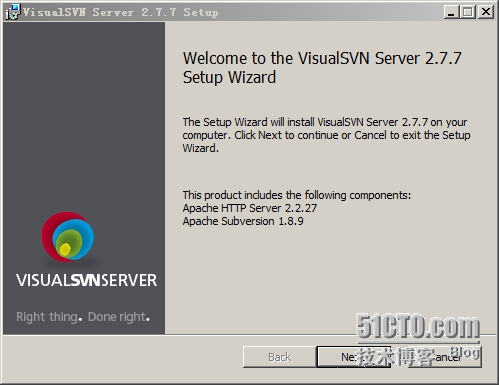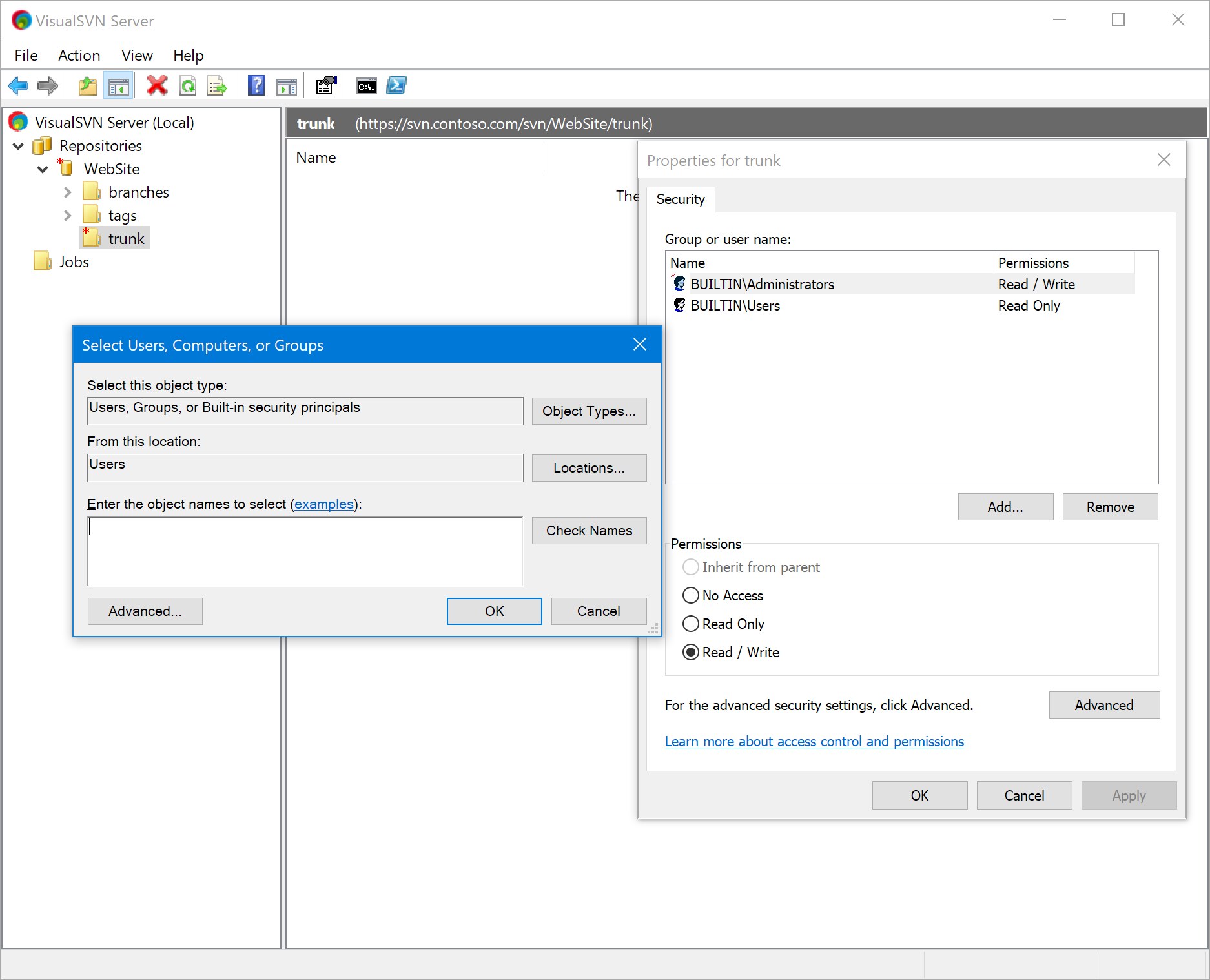
Non-active accounts: You might have non-active, disabled, or guest accounts, or other accounts that should never be used. To monitor activity of specific user accounts outside of working hours, monitor the appropriate Logon Account + Source Workstation pairs. When you monitor for anomalies or malicious actions, use the “Logon Account” value (with other information) to monitor how or when a particular account is being used. For example, you might need to monitor for use of an account outside of working hours. Monitor this event with the “Logon Account” that corresponds to the high-value account or accounts.Īnomalies or malicious actions: You might have specific requirements for detecting anomalies or monitoring potential malicious actions. High-value accounts: You might have high-value domain or local accounts for which you need to monitor each action.Įxamples of high-value accounts are database administrators, built-in local administrator account, domain administrators, service accounts, domain controller accounts and so on. Security Monitoring Recommendationsįor 4776(S, F): The computer attempted to validate the credentials for an account. The local account store does not contain secret material for the specified account.
#VISUALSVN LDAP PASSWORD#
LAN Manager Authentication Level mismatch between the source and target computers.Īccount logon from unauthorized workstation.Īccount logon to account disabled by administrator.Īccount logon with "Change Password at Next Logon" flagged. Bad username.Īccount logon with misspelled or bad password.Īn invalid username and/or password was used The table below contains most common error codes for this event: For Success events this parameter has “ 0x0” value.
#VISUALSVN LDAP CODE#
Source Workstation : the name of the computer from which the logon attempt originated.Įrror Code : contains error code for Failure events. Local Service account example: Local Service Can be user name, computer account name or well-known security principal account name. Logon Account : the name of the account that had its credentials validated by the Authentication Package. The authentication package then examines the logon information and either authenticates or rejects the user logon attempt. Local Security Authority (LSA) authenticates a user logon by sending the request to an authentication package. Note Authentication package is a DLL that encapsulates the authentication logic used to determine whether to permit a user to log on. It is always “ MICROSOFT_AUTHENTICATION_PACKAGE_V1_0” for 4776 event.
#VISUALSVN LDAP WINDOWS#
Minimum OS Version: Windows Server 2008, Windows Vista. Required Server Roles: no specific requirements.

MICROSOFT\_AUTHENTICATION\_PACKAGE\_V1\_0 Note For recommendations, see Security Monitoring Recommendations for this event.

This event does not generate when a domain account logs on locally to a domain controller. This event also generates when a workstation unlock event occurs. The main advantage of this event is that on domain controllers you can see all authentication attempts for domain accounts when NTLM authentication was used.įor monitoring local account logon attempts, it is better to use event “ 4624: An account was successfully logged on” because it contains more details and is more informative. If a credential validation attempt fails, you will see a Failure event with Error Code parameter value not equal to “ 0x0”. Information about the destination computer (SERVER-1) is not presented in this event. For example, if you authenticate from CLIENT-1 to SERVER-1 using a domain account you will see CLIENT-1 in the Source Workstation field. It shows only the computer name ( Source Workstation) from which the authentication attempt was performed (authentication source). It shows successful and unsuccessful credential validation attempts. For local accounts, the local computer is authoritative. For domain accounts, the domain controller is authoritative. This event occurs only on the computer that is authoritative for the provided credentials. This event generates every time that a credential validation occurs using NTLM authentication.


 0 kommentar(er)
0 kommentar(er)
